Published in Sunday Navbharat Times 17 August 2025
I was admiring these strange-looking vases shaped like the heads of an Arabian-looking couple — a prince and princess. What made it even stranger was that I was in Italy. So why were these Arabic Moorish heads on sale here?
“Don’t be fooled by the pretty vases,” my guide said. “There’s a macabre story attached to them.”“So tell me,” he continued, “what would you do if your partner cheated on you? Confront them… or chop their head off?” Seeing my shocked face, he smiled and began telling me the story of Teste di Moro.
In Sicily, the iconic hand-painted ceramic vases known as Teste di Moro carry two very different legends. In the darker tale, set in 11th-century Palermo, an Arab Moor fell in love with a young Sicilian woman but hid the fact that he had a family back home. When she discovered his betrayal, she killed him in his sleep, cut off his head, and planted basil in it. The plant flourished, inspiring the creation of ceramic heads in his likeness.
The gentler version tells of a Moorish merchant and a Sicilian woman whose love was mutual and enduring. Unable to bear separation when he had to return home, they vowed to stay together forever. Townsfolk immortalized them as ceramic busts placed on balconies and gardens — symbols of love, prosperity, and devotion.
If there’s one thing I always return with from a trip, it’s stories. And these stories stay with me long after the tour, bringing back happy memories of a time well spent. Italy is one such country that has a story waiting to be heard at every corner. The stones, the Roman walls, the amphitheatres, the baths, and the palaces have all been witnesses to past glories, holding secrets that are revealed if we listen carefully. In Sicily, you can also take a peek into many other cultures and empires alongside the Romans. Sicily is not just an island; it is a layered mosaic of empires, each leaving its ink on the stone, the soil, and the soul of its people.
How Sicilians Differ from the Rest of Italy
Sitting at the heart of the Mediterranean, Sicily has been a crossroads of civilizations for over three millennia. Phoenicians, Greeks, Romans, Byzantines, Arabs, Normans, Spanish, and Italians have each left their mark — in language, architecture, cuisine, and customs. The Greeks founded cities like Syracuse and left magnificent theaters; the Romans built villas and aqueducts; the Arabs brought citrus, sugar, and rice; the Normans blended northern European styles with Islamic art, creating dazzling mosaics in Palermo’s churches. Even under unified Italy since 1861, Sicily has kept its own identity, shaped by its strategic location and its layered history of conquest and resilience.
What struck me most on my visit was the warmth of the people — Italian good looks paired with a simplicity and openness that felt deeply endearing. Island life has given Sicilians a distinct rhythm and outlook. While mainland Italy shares some cultural threads, Sicily’s traditions are more heavily influenced by North African, Middle Eastern, and Spanish heritage — seen in its cuisine (arancini, couscous in the west, pistachio desserts), its dialects, and its festivals. Sicilians are famously warm, community-oriented, and deeply tied to family and land, yet also fiercely independent, carrying a sense of pride that comes from centuries of self-reliance. The slower pace, the emphasis on hospitality, and the mix of cultures make Sicily feel like a world apart — unmistakably Italian, yet uniquely its own.
So, where is Sicily and how do you get to it?
Italy sits in southern Europe, shaped like a boot. Sicily is the ball at the tip of Italy’s boot, floating between Europe and Africa, where the Strait of Messina narrows the gap to just a few kilometers. It is the largest island in the Mediterranean Sea. Sicily’s landscape is a mix of rugged mountains, fertile plains, and sweeping coastlines, crowned by Mount Etna — Europe’s tallest and most active volcano — and lapped by the Tyrrhenian, Ionian, and Mediterranean seas.
Shaped in part by fire, Sicily bears the legacy of its volcanic origins, with Mount Etna’s fertile slopes feeding vineyards, olive groves, and citrus orchards that flourish in its mineral-rich soil. You can reach Sicily by direct flights from many European cities or by train and ferry across the Strait of Messina from mainland Italy.
Catania — the perfect start
I landed in Catania and set off to discover this stunning island. The city centre feels like a living stage set — dark lava-stone facades, bustling piazzas, and the ever-watchful silhouette of Mount Etna looming in the distance. The first thing we did was head straight to Piazza Duomo, home to the iconic Catania Cathedral. Its grand Baroque curves and marble details shimmered in the afternoon sun. Standing there, surrounded by centuries of history, I felt the magnetic pull of the island’s layered past — Norman, Spanish, Greek, Roman — all leaving their mark.
The city is as much a feast for the palate as for the eyes. At the Mercato della Pescheria, Catania’s legendary fish market, we wandered past stalls brimming with octopus, swordfish, and clams, each seller’s voice competing with the sea breeze. When lunchtime came, our choice was clear: along with the fresh fish, we had to try the arancini — crisp, golden balls of rice with rich fillings — followed by Sicily’s signature desserts: cannoli, with crisp pastry tubes filled with sweet ricotta cream, sometimes studded with chocolate chips or candied fruit; and cassata Siciliana, sponge cake layered with ricotta and candied fruit, often coated in marzipan and icing.
Just like the monuments, even the food here carries the stories of the past. Many of Sicily’s most beloved dishes trace their roots to the island’s Arab period (9th–11th centuries), when sugar, citrus, rice, and spices first arrived. Arancini evolved from Arab rice dishes, later refined with a crisp breadcrumb coating under Norman rule; cassata began as a simple ricotta and sponge cake, enriched over centuries with candied fruits and marzipan; and cannoli, once a festive Arab-inspired pastry, became a Sicilian icon filled with sweet ricotta. These dishes are lasting reminders of how Arab influence shaped Sicily’s palate.
Taormina — the jewel of the Mediterranean
From Catania, we journeyed north to Taormina, the jewel perched high above the Ionian Sea. The first glimpse of its coastline took my breath away — turquoise waters meeting rugged cliffs, framed by pink bougainvillea spilling over stone walls. The Teatro Antico di Taormina is a place where you can stand amid ancient Greek columns and see not only the stage but also Mount Etna in the distance, smoking like a quiet reminder of nature’s power.
In the evening, we took the little funicular train up to the old city and I found myself drifting down the beautiful Corso Umberto, its shop windows glowing in the golden light. I wandered in and out of boutiques, eventually giving in to a silk scarf, a few ceramic trinkets, and a summer linen dress I absolutely didn’t need but couldn’t resist. The street led me straight to Piazza IX Aprile, where I paused to take in the black-and-white checkerboard paving and the sweeping view — Mount Etna in the distance, the coast shimmering below. I stayed there until the sky turned lavender, cappuccino in hand, feeling as though the evening could stretch on forever.
Mount Etna and Wine Country
No trip to Sicily feels complete without greeting its most famous and fiery resident — Mount Etna. Early one morning, we set out with a guide for a hike up the volcano’s slopes. The landscape was otherworldly: black lava fields stretching into the horizon, pockets of greenery where wildflowers had found a foothold, and vents where steam whispered from the earth. Standing there, high above the coastline, I understood why the ancient Greeks believed gods lived here.
From lava to liquid, the next chapter of our trip was devoted to Sicily’s wine country. The volcanic soil around Etna produces wines unlike any I’ve tasted: mineral-rich, complex, and full of character. We visited a family-run vineyard where the owner welcomed us like old friends. Under a vine-covered pergola, we sampled Etna Rosso — ruby red, with hints of cherry and smoke — alongside platters of pecorino, sun-dried tomatoes, and warm bread. Laughter flowed as easily as the wine, and time seemed to stretch into a golden afternoon.
The Godfather Trail
Some corners of Sicily feel oddly familiar — especially if you’ve seen The Godfather. A short drive from Taormina brought us to Savoca, where I stepped into Bar Vitelli, its stone façade just as it appeared in the film. Inside, black-and-white stills lined the walls, and my lemon granita came with a serving of nostalgia.
From there, we continued to Forza d’Agrò, another filming location, its narrow lanes winding past weathered churches to reveal sweeping sea views. Standing there, I understood why filmmakers chose these spots — they radiate authenticity you can’t stage.
Sitting at Bar Vitelli, soaking in the atmosphere, it struck me: Sicily doesn’t just give you scenery. It hands you stories, flavours, and memories you carry long after you leave. And to borrow a famous line from the Godfather- here’s a proposal you can’t refuse: come to Sicily and write your own story!










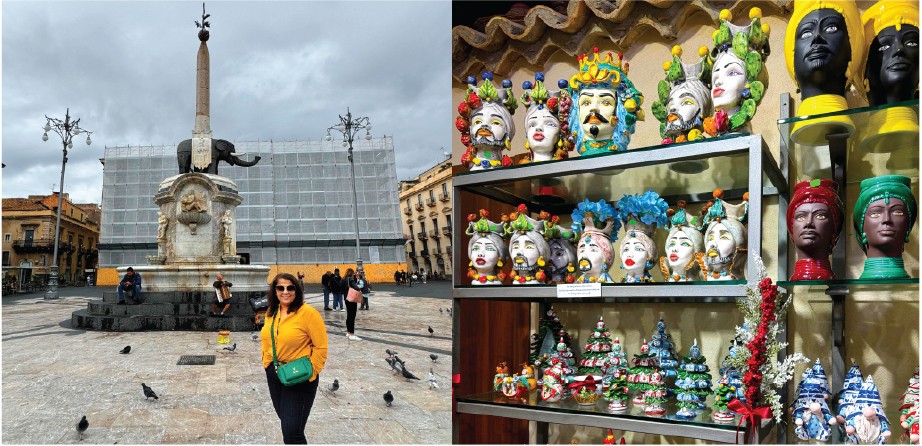
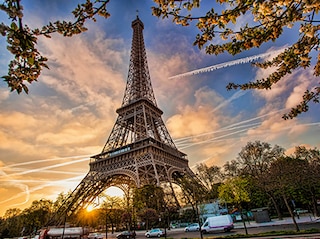
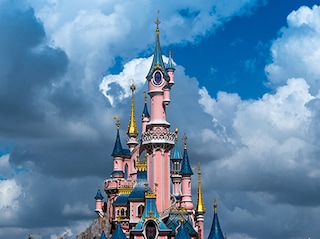
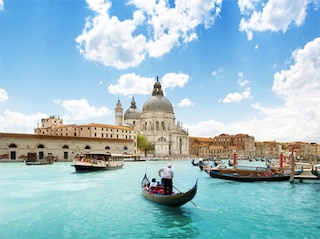
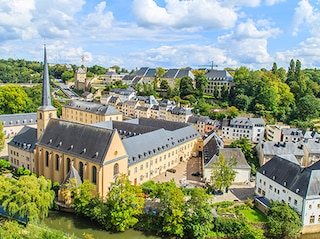
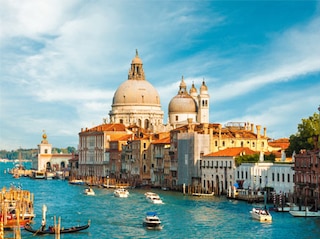



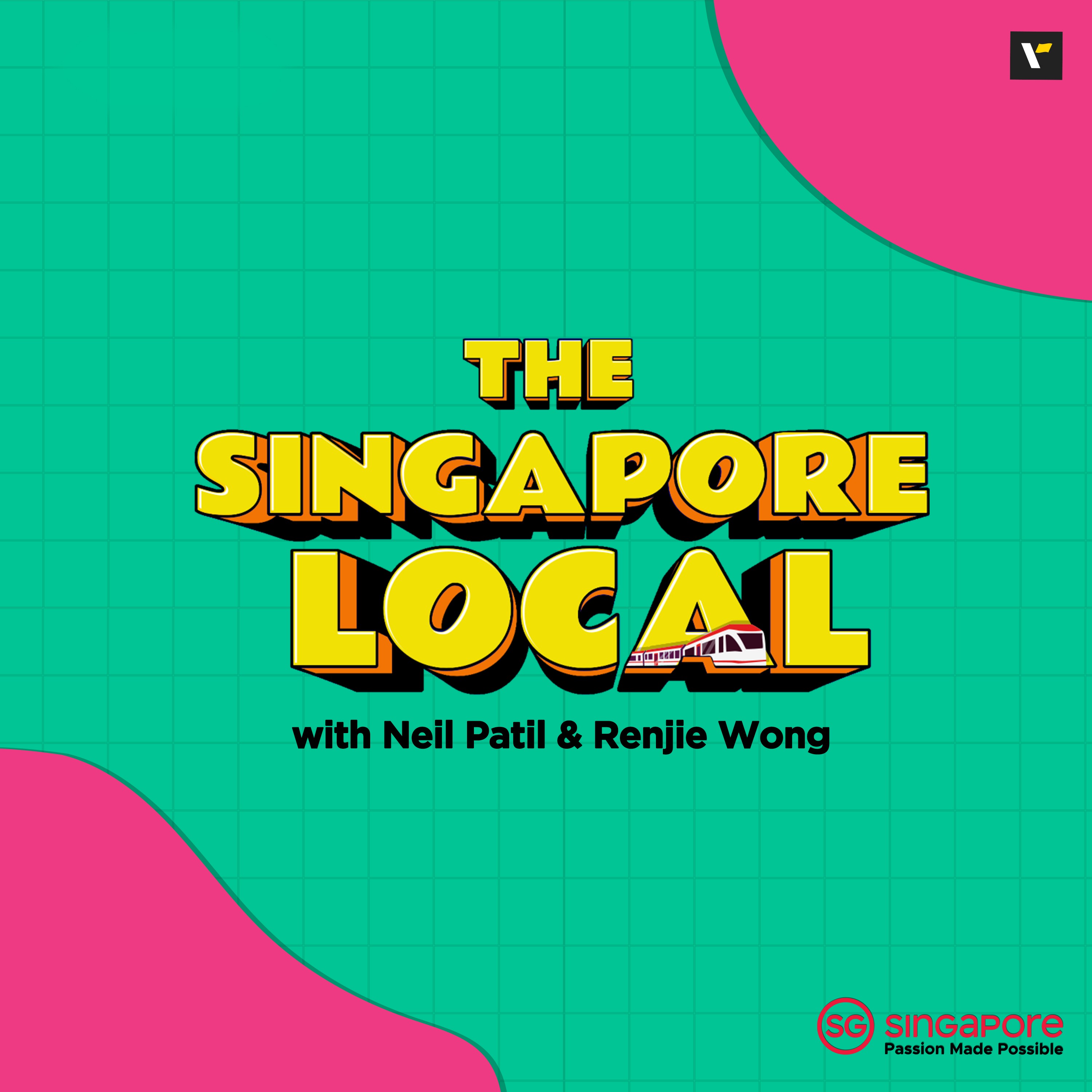










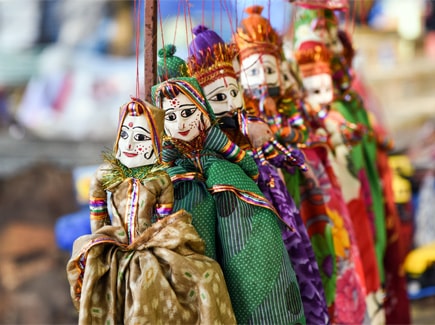
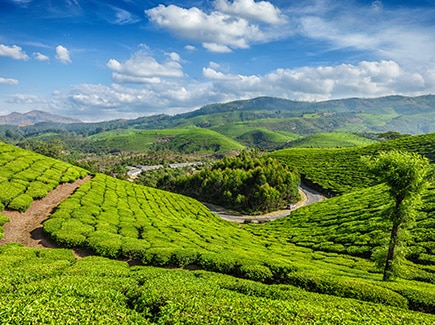
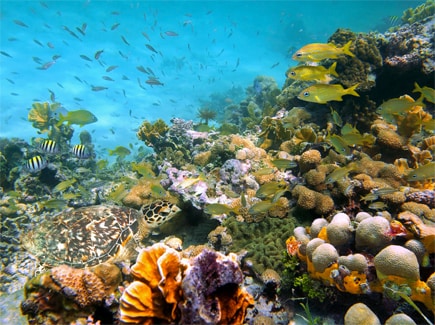
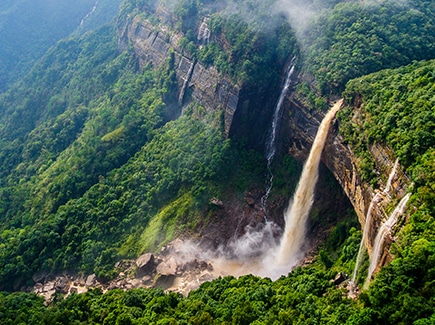
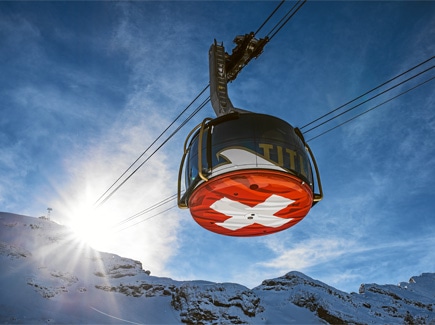
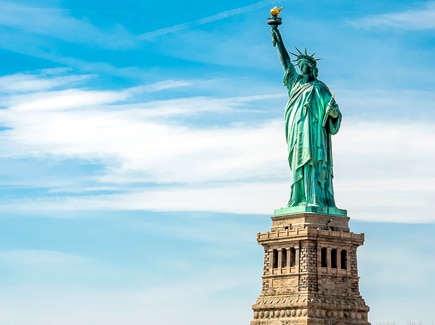
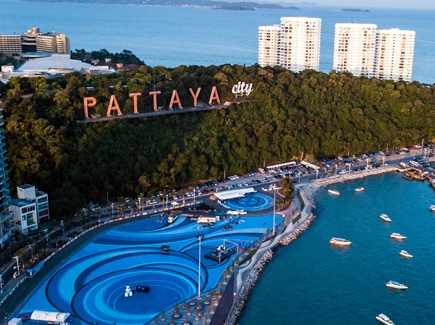
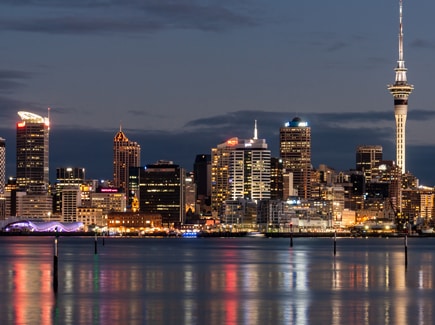
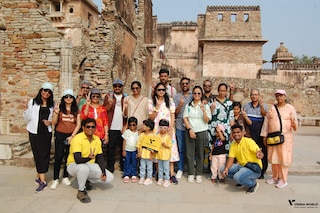

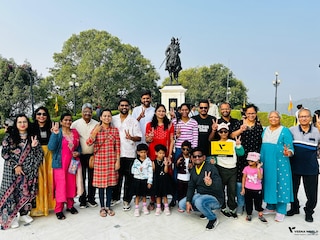
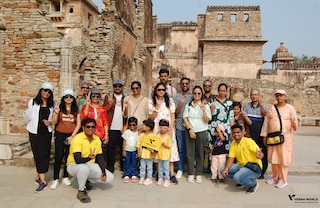
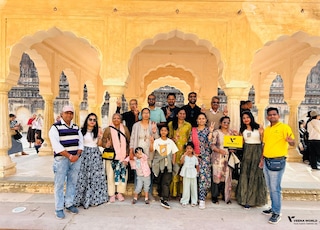
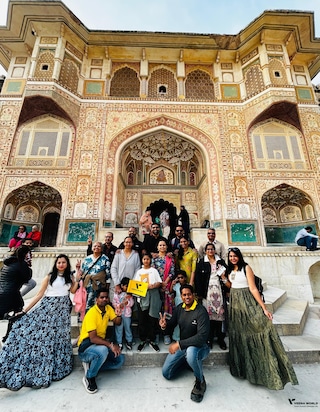


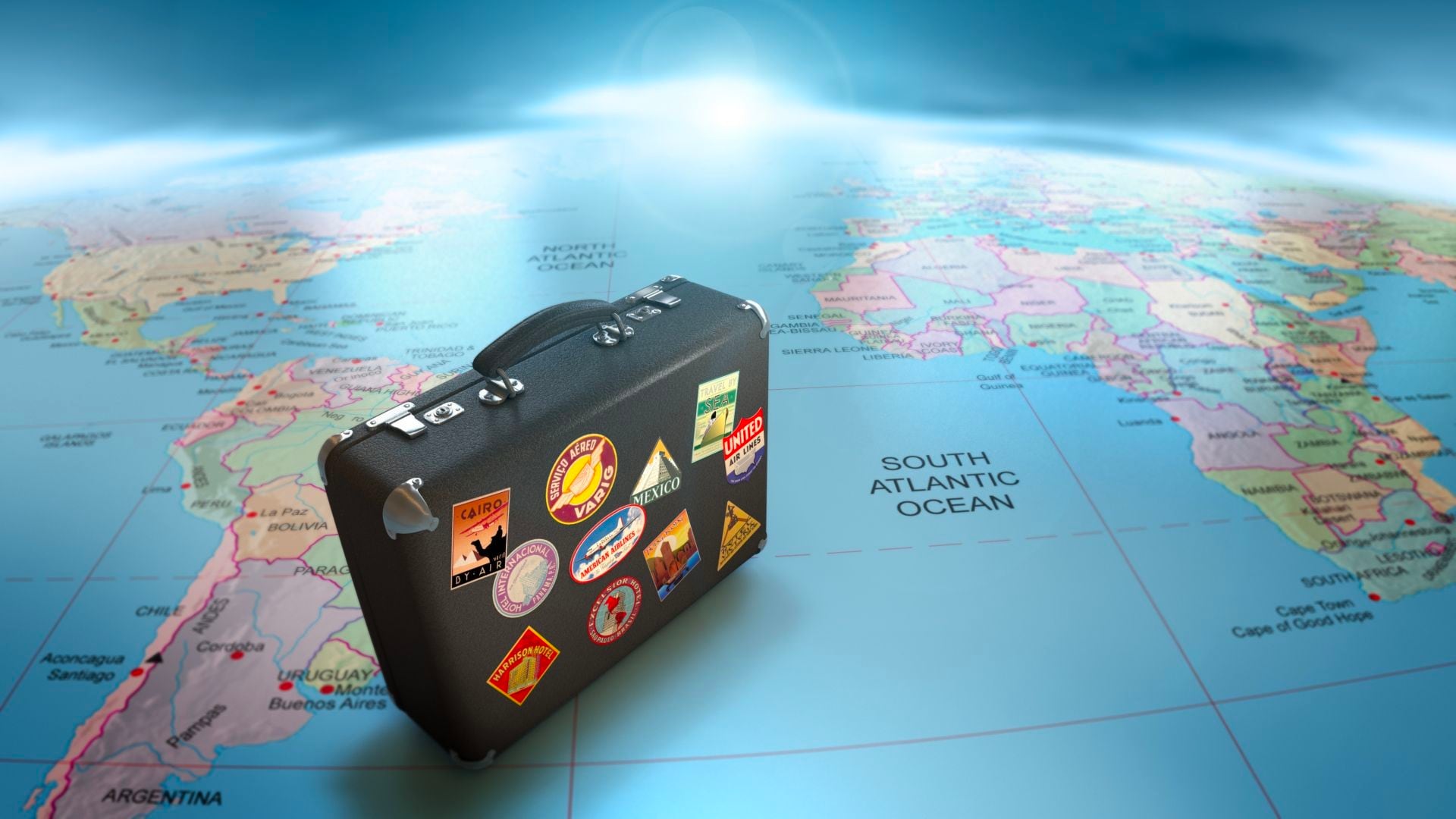

Post your Comment
Please let us know your thoughts on this story by leaving a comment.